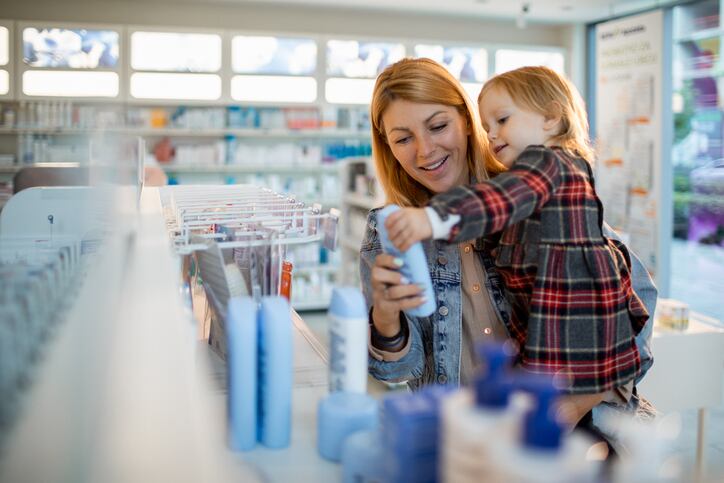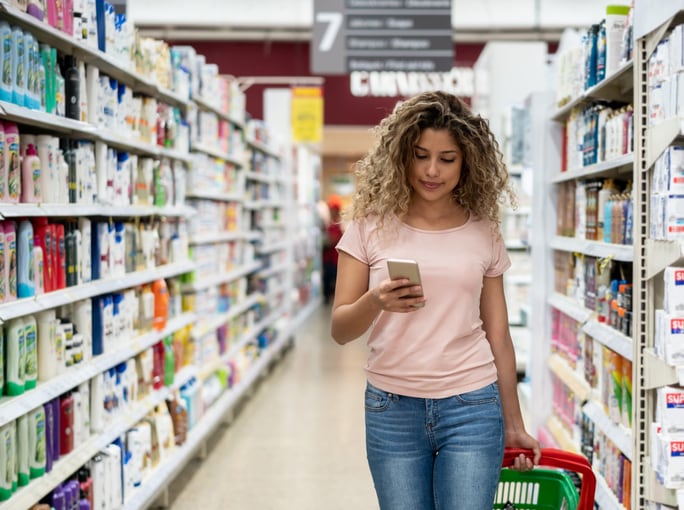Beauty and personal care brands once again shone brightly in Kantar Worldpanel’s annual brand popularity contest, with the top-10 featuring Colgate (2nd), Lifebuoy (4th), Dove (9th) and Sunsilk (10th). These cosmetics and personal care giants joined the likes of Coca-Cola (1st), Pepsi (6th) and Maggi (3rd) at the summit of Kantar Worldpanel’s Brand Footprint 2022 report that traced the planet’s most chosen brands as measured by a combined metric of household penetration and cumulative purchases.
The tenth iteration of the series also called out Nivea – the number one health and beauty brand in Europe – as one of the brands of the decade that had notched eight years of consecutive growth driven by creative category expansion beyond its moisturiser core.
So, how exactly do these brands stay at the top for so long? And what strategies can the rest of industry apply to follow in their footsteps? Kantar Worldpanel’s global thought leadership director Benjamin Cawthray revealed the secrets behind ongoing brand supremacy in an increasingly competitive and economically strained landscape.
Eyes on expansion - understanding categories and shoppers
Speaking to CosmeticsDesign-Europe, Cawthray said a unifying thread among all the power brands was their endless thirst to expand their existing shopper footprints.
“What these four personal brands all have in common is that over the years they have expanded their buyer base and done so on a consistent basis,” he said. “Even Colgate – the only FMCG brand in the world with household penetration over 50% – grew its number of shoppers during most of the last decade.”
He added: “Expansion is the only model for success in the world of FMCG. These four brands have shown the way and grown their combined buyer base by 306 million shoppers over the decade, despite already being some of the most penetrated brands on the planet.
“Their understanding of their category, the shoppers within this and what they need to do to increase this number is showcased by the variety of different initiatives each brand has undertaken to see success.”
Locating the levers of success
Looking more closely at these leading brands, Cawthray highlighted five ‘levers’ these companies employed to grow their markets and outlined how other beauty brands could follow suit.
More Targets: “A brand can target shoppers of the category who do not currently buy their brand”
More Presence: “A brand can increase the number of locations it is available in both geographically and across retailers/channels”
More Categories: “A brand can stretch into new categories”
New Needs: “A brand can try and establish a new category or sub-category”
More Moments: “A brand can make itself relevant across as many consumption moments as possible”
The strongest brands successfully manipulated some, or all, of these levers, he said.
“Dove, for example, successfully entered new categories with the launch of Dove Men and Dove Baby,” Cawthray said.
“Some of Colgate’s most significant launches across the decade have been their Total Pro Gum Health and Sensitive Pro-Relief toothpaste variants which have helped attract shoppers with specific needs.
“Sunsilk was one of the first hair care brands to create and promote products for curly and textured hair and help hit targets that currently weren’t buying the brand.
“Nivea is a great example of expanding its presence, traditionally a European brand it has steadily increased its penetration within Latin America, and now has the same level of penetration (51%) in this region as it does in Europe.”
Penetration as Kantar measured it was the percentage of households a brand could be found in, across any particular country or region.
Regional brand spotlight: Dabur adapts fast and wins big in India
It’s not just the establishment beauty and personal care players stealing the limelight – smaller, sometimes regional brands are finding favour and rising up Kantar’s Brand Footprint rankings fast.
One such outfit is Dabur in India, which has seen wild success in shampoo and hair oils by nimbly adapting its offerings to local demographics and a frank appraisal of the competitive landscape.
“Dabur is a famous beauty and personal care brand in India, known for its Ayurvedic and natural products, operating in oral care and hair care predominantly. Since 2017, the brand has doubled its Consumer Reach Points – a Kantar measure of how often a brand is chosen – moving from 857m to 1747m in 2021, seeing double-digit growth each year,” Cawthray said.
Dabur grew 20% in 2021.
“Its strongest performance came in 2019 when the brand grew 34%, with its shampoo and hair oil products behind this success. The brand renamed its shampoo product ‘Dabur Vatika’ to ‘Dabur Vatika Health with 7 Herb Properties’. It also changed its packaging to give it a more premium look, and shifted its audience focus to the larger Hindi-speaking homes.
“For hair oils, Dabur adopted a defensive strategy to counter the success of its competitor, Shanti Amla. It launched two new brands – ‘Dabur Sarson Amla’ and ‘Dabur Brahmi Amla’. This helped Dabur fight price aggression and opened up a new segment – Unbranded Mustard Oil – popular in parts of northern India.”
Future focus? The return of inflation
Casting his eyes forward, the London-based analyst named inflation as a major challenge to all brands going forward.
“Shoppers can find a way to cope by using different levers to manage their spend, by reducing how much they buy; changing where they shop; and changing what they buy/how they shop,” he said.
“This could mean more promotions, more private label, cheaper branded options. Historically we have seen that savings are made where they cause least disruption to our lives, i.e. we are more likely to change what we buy before we change where we buy and we are more likely to change where we buy than buy less.”
“Therefore, brands will be fighting against cheaper alternatives within their category and will need to work hard to justify their price,” he said.
And within all of this, he said it was critical brands continued to “truly showcase their green credentials with real change” and not be seen to be ‘greenwashing’.




